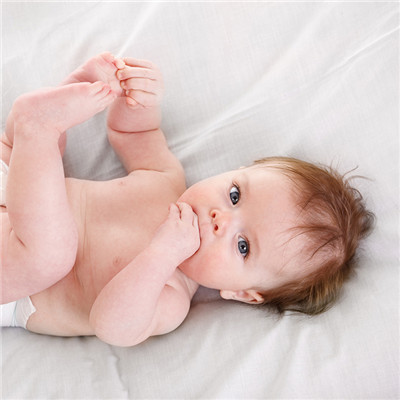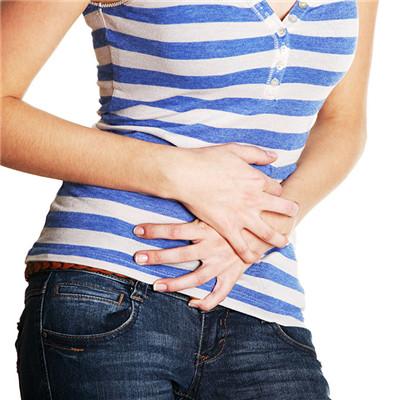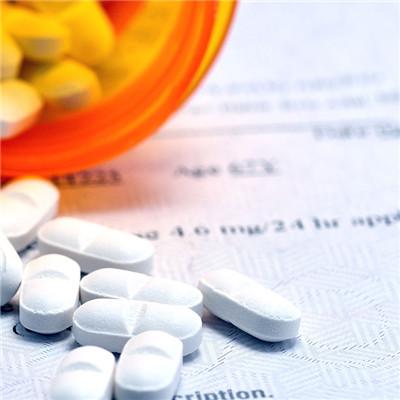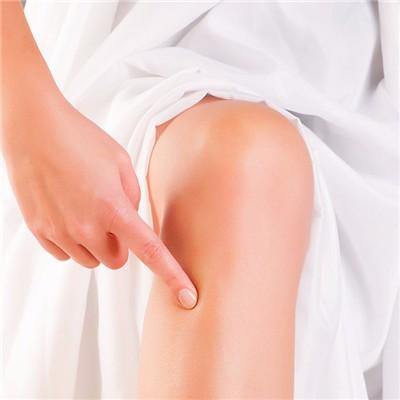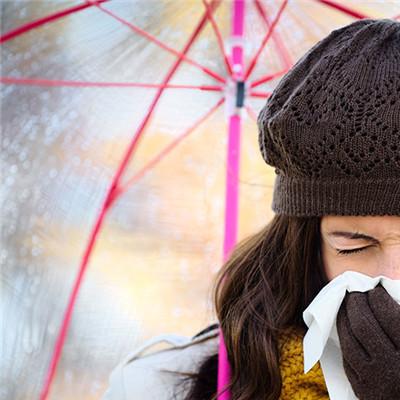What food does infantile autumn diarrhea eat?
summary
Every autumn, rotavirus infection makes seasonal infantile diarrhea is not uncommon, so how should infantile autumn diarrhea do? What food does diarrhoea eat? Let's take a look at the following.
What food does infantile autumn diarrhea eat?
First: diarrhea with other problems, timely medical treatment, diarrhea is a common disease in pediatrics, general diarrhea will not cause serious impact on children's health. But if the child's diarrhea is accompanied by the following symptoms, it is likely that it is not only diarrhea, there may be more serious problems. In case of the following conditions, timely medical treatment should be taken: bloody stool; continuous vomiting for more than 12-24 hours; obvious dehydration; vomit is not only food or gastric juice, but also fecal residue, more blood or coffee grounds; stomach is obviously swollen and hard; nothing can be eaten; fever lasting for 24-48 hours; jaundice, i.e. yellowing of eyes and skin. In addition to the above situation, if the child has chronic disease or is taking medicine for a long time, and if the diarrhea does not improve for more than 24 hours, it should also be arranged to go to the hospital at an appropriate time.

Second: strict disinfection and isolation, pay attention to the disinfection of milk tableware, wash hands carefully before and after nursing children to prevent cross infection. Infectious diarrhea, in particular, is generally transmitted by contact, so hand washing and tableware disinfection are particularly important.
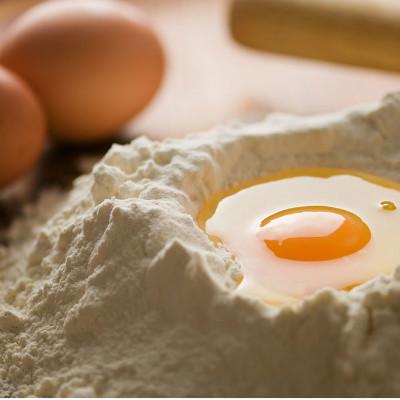
Third: oral rehydration salts are only used for children with mild or moderate dehydration, no vomiting or mild vomiting and can be taken orally. Children are encouraged to take oral rehydration salts in a small amount for many times. The proportion of oral rehydration salts is based on medical evidence. Don't add sugar or salt.
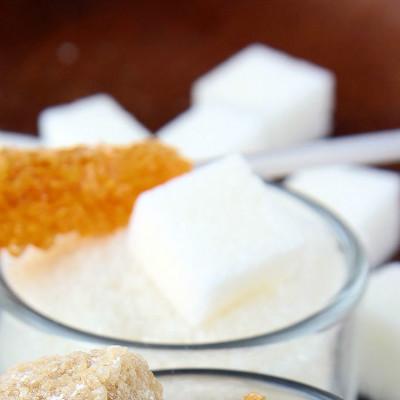
matters needing attention
After infantile diarrhea, it is necessary to observe the temperature change of the baby to determine whether there is dehydration. By observing the mind, spirit, skin elasticity, anterior fontanel orbital depression, body temperature, urine volume and other clinical manifestations of the baby, the degree of dehydration and dehydration of the baby can be estimated, and if so, emergency medical treatment is required. Remember to record the frequency, color, character and quantity of defecation. Choose a soft and breathable diaper and change it frequently. After each use, wash the buttocks with warm water and wipe them dry. Apply hip protection cream to the red part of the skin.

